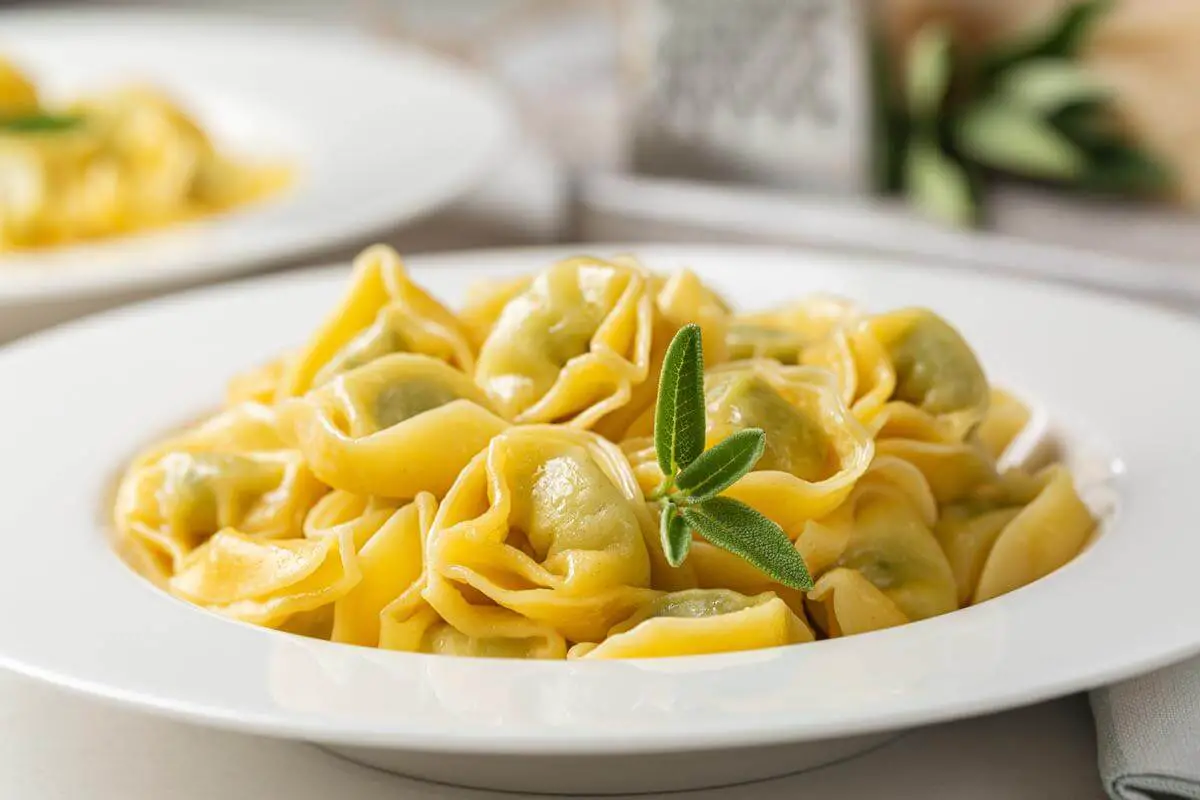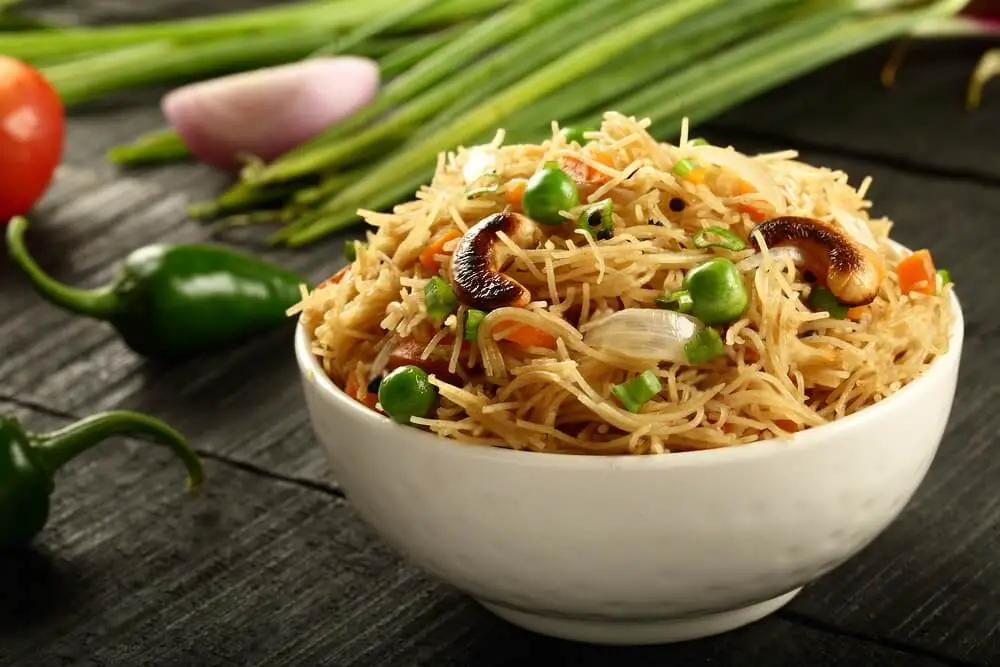If you’re anything like me, you’ve probably wandered down the produce aisle and found yourself staring at a colorful array of peppers. Red, green, yellow, orange – they’re all there, looking deliciously vibrant. But amidst this pepper parade, there are two varieties that often cause confusion: the humble bell pepper and its more exotic-sounding cousin, the pimiento pepper.
So, is bell pepper the same as pimiento? Well, my curious culinary companions, the short answer is no, they are not the same. But as with most things in the world of food, the devil, or in this case, the delightful details, are in the pepperish particulars.
In this pepper-packed journey, we’re going to delve into the world of bell peppers and pimiento peppers. We’ll explore their Scoville heat units (or lack thereof), decipher their distinctive appearances, and uncover their culinary secrets. By the end of this flavorful expedition, you’ll be armed with all the knowledge you need to tell these two sweet peppers apart with confidence.
Scoville Heat Units: The Heat is On (or Not)
Let’s start by talking about the heat – the fiery factor that makes chili enthusiasts break a sweat. When it comes to bell peppers and pimiento peppers, we’re not exactly dealing with scorching sensations here.
Bell peppers, those vibrant darlings of the salad world, are as cool as a cucumber in the heat department. They’re like the zen monks of the pepper universe, producing absolutely zilch in the way of capsaicin, the fiery compound responsible for those tear-inducing, tongue-tingling moments. In Scoville heat units, bell peppers register a big, fat zero. That’s right, folks – they’re at the bottom of the Scoville scale, and you won’t find a milder pepper out there.
Pimiento peppers, on the other hand, do bring a little warmth to the table, but don’t start reaching for the fire extinguisher just yet. These charming red peppers produce a smidgen of capsaicin, just enough to give your taste buds a gentle nudge. Their Scoville heat unit clocks in at a humble 100 to 500 units, which is still milder than most chili peppers you’d use to spice up your favorite dishes.
So, when it comes to heat, the bell pepper is as soothing as a cool breeze on a summer’s day, while the pimiento pepper is like a friendly, warming hug – enough to make you feel cozy but never overwhelming.
Appearance: A Colorful Showdown
If you’re ever in a pepper identity crisis, take a look at their appearances – it’s where they truly stand out.
Bell peppers are the chameleons of the pepper world. They come in a dazzling array of colors, each with its unique flavor profile. There are the classic green bell peppers, the slightly sweeter red and yellow ones, the bold and vibrant orange, and even the more rare white and purple varieties. These peppers are usually blocky and elongated, ranging from 4 to 5 inches in length. They’re the supermodels of the pepper catwalk, strutting their stuff with style.
Pimiento peppers, also known as cherry peppers or pimentos, have a distinctive look. They’re like the heartthrobs of the pepper world, quite literally! These peppers are heart-shaped, with thick walls that give them a substantial, plump appearance. When fully ripe, they’re a rich, seductive red. They’re a bit smaller than bell peppers, typically measuring about 3 to 4 inches in length. So, if you ever spot a pepper that looks like it’s ready to send love letters, you’ve got yourself a pimiento.
Culinary Uses: From Salads to Spice Blends
Now that we’ve tackled the heat and appearance, let’s dive into what really matters – the culinary world. Both bell peppers and pimiento peppers are beloved in kitchens around the globe, and they each bring their unique flavors to the table.
Bell peppers are like the versatile actors of the vegetable kingdom. They can play just about any role you cast them in. The red ones, in particular, are often used to make sweet pepper dishes, thanks to their slightly sweeter flavor compared to the green variety. You’ll find bell peppers sliced and diced in salads, stir-fries, and fajitas. They’re the unsung heroes of sauces, adding a subtle sweetness that balances out savory flavors. Some even stuff them with delicious fillings for a tasty treat.
As for pimiento peppers, they’re like the secret spice blend in your grandma’s famous recipe. These little red wonders have a distinct, fruity sweetness that adds depth to dishes. They can be used fresh or found in various processed foods. Pimiento peppers are the key ingredient in sweet paprika, and they often team up with other spices to create spice blends that elevate your cooking to a whole new level. Ever heard of pimento cheese? Yep, you guessed it – pimiento peppers are the stars here. They also make mouthwatering sauces and can even be found snugly nestled inside olives, like flavorful surprises waiting to be discovered.
In Conclusion: Sweetness in Every Bite
In a world where most peppers are known for their fiery personalities, it’s refreshing to have sweet peppers that bring a fruity, mellow note to our dishes. Bell peppers and pimiento peppers may not set your mouth ablaze, but they sure know how to make your taste buds dance.
So, the next time you’re in the supermarket, eyeing those colorful peppers and wondering, “Is bell pepper the same as pimiento?” – remember this culinary adventure. Bell peppers, with their rainbow of colors, are the versatile workhorses of the kitchen, while pimiento peppers, with their heartwarming appearance, add a dash of sweetness and intrigue to your recipes.
But whether you choose bell or pimiento, both these sweet peppers are not only flavorful but also rich in vitamins A and C. So, go ahead and pepper your life with their delightful goodness. Your taste buds will thank you, and you’ll never confuse these two peppers again. Happy cooking!



